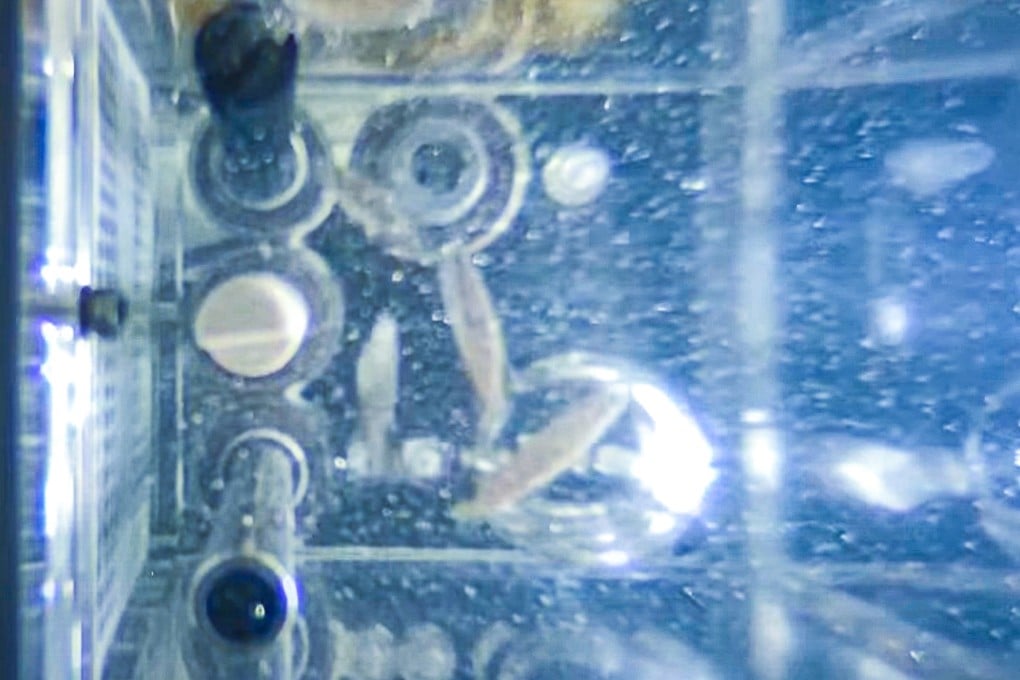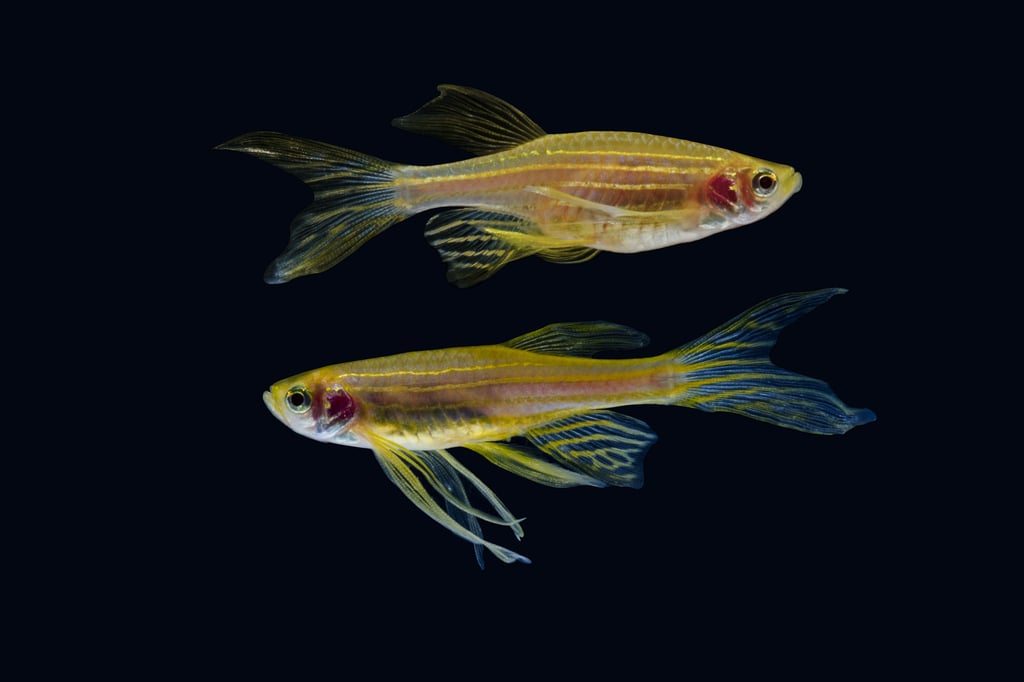China’s fish out of water net longevity record, help advance human space habitation
Animal experiment aboard Tiangong space station smashes ISS record for similar research, while helping scientists understand effects of microgravity

The zebrafish, along with a colony of hornworts, a type of plant, were launched into orbit aboard the Shenzhou-18 spacecraft on April 25 as part of a project to create a self-sustaining ecosystem to study the effects of microgravity and radiation on the development and growth of the species.
According to a paper published last week in The Innovation, one of the world’s top-ranked multidisciplinary journals, the zebrafish transitioned through their natural life stages – from growth to development and reproduction – within 43 days, setting a record for ecological experiments in space.
“This milestone not only means progress in China’s space ecosystem technology but also provides valuable data and technical support for closed-loop ecosystems in space missions,” the authors said.

The study was jointly designed and overseen by a team of scientists from several research institutes, including the Shanghai Institute of Technical Physics and the Institute of Hydrobiology in Wuhan, both under the Chinese Academy of Sciences.
